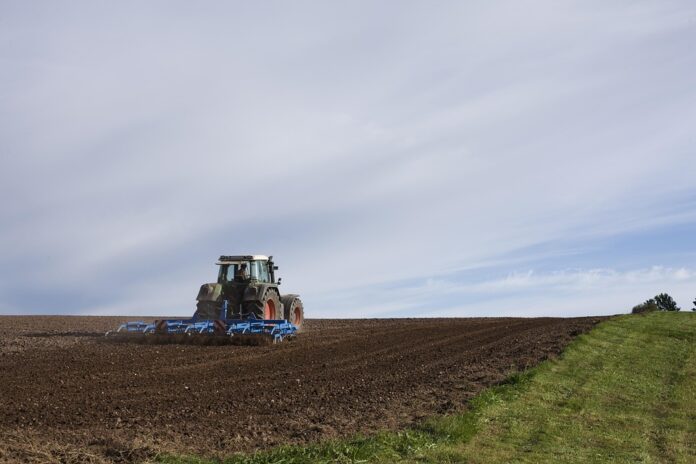Seedbed Conditions Affecting Seed Placement and Early Growth
Introduction
Seed placement and early growth are crucial stages in the life cycle of plants. The conditions of the seedbed play a significant role in determining the success of seed germination and subsequent growth. In this report, we will explore the various factors that affect seed placement and early growth in different seedbed conditions.
Impact of Soil Texture on Seed Placement
Soil texture is one of the key factors that influence seed placement. The texture of the soil can affect the ability of the seed to make contact with the soil, which is essential for germination. Sandy soils, for example, have larger particles that can result in poor seed-to-soil contact, making it difficult for seeds to germinate. On the other hand, clay soils have smaller particles that can lead to compaction, making it challenging for roots to penetrate the soil.
Effect of Soil Moisture on Seed Germination
Soil moisture is another critical factor that affects seed germination. Seeds require a certain level of moisture to germinate successfully. If the soil is too dry, seeds may not have enough moisture to initiate germination. Conversely, if the soil is too wet, seeds may experience rotting or fungal growth, leading to poor germination rates. It is essential to maintain optimal soil moisture levels to promote healthy seed germination and early growth.
Role of Soil pH in Seedling Development
Soil pH plays a vital role in the development of seedlings. Different plant species have specific pH requirements for optimal growth. Soil that is too acidic or alkaline can affect nutrient availability, leading to nutrient deficiencies or toxicities that can hinder seedling development. It is essential to test the soil pH and make necessary amendments to ensure that it is within the suitable range for the specific plant species being grown.
Impact of Soil Compaction on Root Growth
Soil compaction can significantly impact root growth in plants. Compacted soil restricts root penetration and can lead to poor nutrient uptake and water absorption. This, in turn, can stunt seedling growth and reduce overall plant productivity. To mitigate soil compaction, proper soil preparation techniques such as tilling and aeration should be employed to create a favorable environment for seedling root growth.
Importance of Seedbed Preparation for Successful Germination
Seedbed preparation is crucial for successful seed germination and early growth. Proper seedbed preparation involves creating a suitable environment for seeds to germinate, establish roots, and grow. This includes tasks such as soil tillage, weed removal, and nutrient supplementation. Investing time and effort in seedbed preparation can significantly improve seedling emergence rates and overall plant health.
Conclusion
In conclusion, seedbed conditions play a critical role in seed placement and early growth. Factors such as soil texture, moisture, pH, and compaction can significantly impact seed germination and seedling development. By understanding and optimizing these seedbed conditions, farmers and gardeners can improve the success rate of seed germination and promote healthy plant growth. Proper seedbed preparation is key to ensuring optimal conditions for seeds to thrive and reach their full potential.




